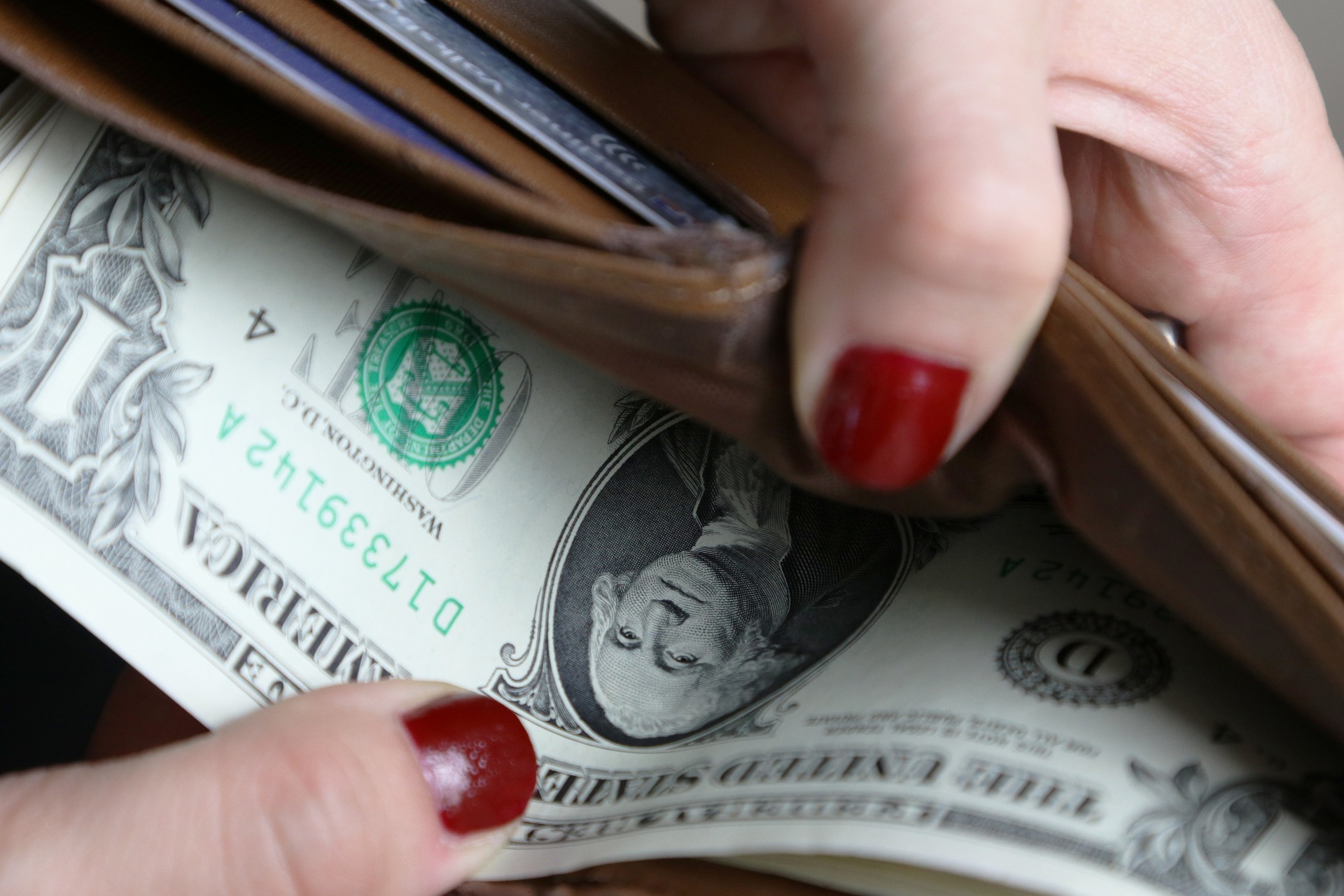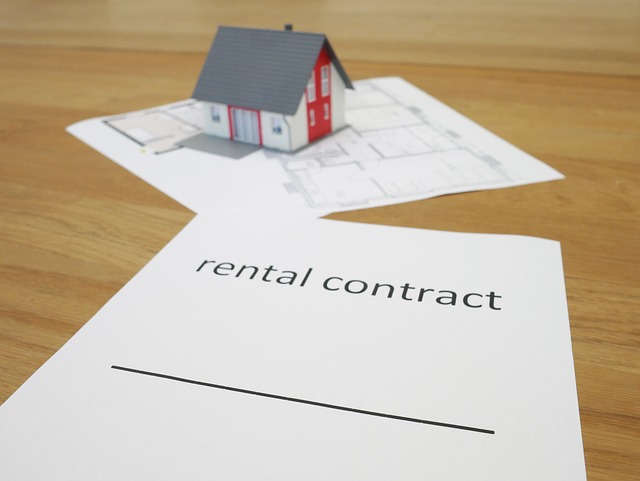Hidden Costs of Holding Too Much Cash
Holding cash feels safe—but in a shifting economic climate, it might quietly erode your wealth. Many Americans prioritize liquidity for peace of mind, but excessive cash reserves can limit growth, tax efficiency, and purchasing power. This article uncovers why too much cash may be a liability rather than an asset, and what financially savvy individuals are doing instead.
Holding cash feels safe—but in a shifting economic climate, it might quietly erode your wealth. Many Americans prioritize liquidity for peace of mind, but excessive cash reserves can limit growth, tax efficiency, and purchasing power. This article uncovers why too much cash may be a liability rather than an asset, and what financially savvy individuals are doing instead.
A Look Back: Why Cash Was Once King
Historically, cash has always held a revered place in financial planning. During the Great Depression and financial crises such as 2008, liquidity became synonymous with survival. Holding cash was seen as a prudent buffer against uncertainty. Even in more recent years, pandemic-fueled fears prompted individuals and businesses to stockpile cash, reinforcing the mindset that cash equals security.
This sentiment was reinforced by low interest rates and inflation control during much of the 2010s. With savings accounts and money market yields close to zero, there was little incentive to deploy cash into low-risk instruments. The idea was simple: keep your money safe until opportunities arise.
However, the macroeconomic environment has since changed. As inflation rises and interest rates remain volatile, the real value of cash holdings is increasingly under threat. Investors who continue to hoard cash may be doing so at the cost of long-term financial growth.
The Erosion of Purchasing Power
One of the most underappreciated risks of holding excess cash is inflation. With inflation rates in the U.S. averaging around 3% to 4% post-2022, any uninvested funds are effectively losing value over time. A dollar today won’t buy the same basket of goods in ten years—or even five.
For instance, $100,000 kept in a standard savings account yielding 0.5% interest annually loses significant value when inflation runs at 3%. After a decade, the inflation-adjusted purchasing power drops to approximately $74,000. While the nominal balance remains intact, its real-world utility diminishes sharply.
This erosion becomes more severe during periods of elevated inflation, such as those experienced between 2021 and 2023. Households relying heavily on cash for security may face a paradox: their strategy for staying safe actually weakens their financial position.
Opportunity Cost: What You’re Missing
Cash hoarding often comes with a steep opportunity cost. That same $100,000, if conservatively invested in a balanced portfolio yielding 5% annually, could grow to over $160,000 in ten years. The gap between invested capital and idle capital compounds over time, creating wealth disparities not immediately visible.
Moreover, tax-deferred accounts such as IRAs or 401(k)s offer ways to deploy cash while minimizing tax exposure. Yet many investors leave significant portions of these accounts in cash or money market funds out of caution—foregoing growth opportunities in the process.
Opportunity cost isn’t just theoretical. Data from Fidelity and Vanguard reveals that investors who kept a higher percentage of their portfolios in cash significantly underperformed over the past decade, particularly during recovery periods after market downturns. Cash may feel comfortable, but comfort can be expensive.
Liquidity vs. Overliquidity: Finding the Balance
Liquidity is essential in financial planning. Emergency funds, short-term savings, and liquidity buffers for upcoming large expenses are all valid reasons to keep cash accessible. But problems arise when liquidity becomes overliquidity—an emotional hedge against fear rather than a financial strategy.
Financial planners often recommend keeping three to six months of expenses in liquid assets. However, surveys from the Federal Reserve and Bankrate indicate that many Americans hold far more than that in cash, particularly among high-net-worth individuals who fear market volatility.
The solution isn’t to abandon cash entirely but to right-size it. Evaluate your near-term financial obligations and set a target liquidity ratio. Anything beyond that could be deployed into higher-yielding assets such as bond ladders, dividend-paying stocks, or short-term CDs. This structured deployment maintains flexibility while promoting long-term growth.
The Psychological Safety Trap
Cash provides emotional comfort—and that’s where it gets tricky. Behavioral biases like loss aversion and recency bias push individuals to favor liquidity during uncertain times. The sharp downturns of recent years have conditioned many to believe the next crisis is always just around the corner.
Yet relying on cash as a safety net may reinforce financial paralysis. People delay investing, miss market rebounds, and remain stuck in a risk-averse loop. It’s important to reframe cash not as a security blanket but as a temporary tool. Financial advisors increasingly use mental accounting strategies to help clients segment their money into purpose-based buckets, making it easier to part with excessive cash when appropriate.
By replacing fear with structure and education, individuals can reallocate idle cash into productive use—without sacrificing peace of mind.
Financial strategies to optimize your cash holdings
-
Reassess your emergency fund annually
Adjust for changes in living expenses and job stability. Avoid the temptation to grow the fund beyond six months unless you face unusual risks. -
Utilize high-yield savings accounts
Move liquid funds into FDIC-insured high-yield savings accounts or money market accounts offering over 4% APY to reduce inflation drag. -
Build a short-term bond ladder
Invest excess cash in a laddered portfolio of short-term Treasury or municipal bonds, preserving liquidity while gaining yield. -
Allocate based on financial time horizon
Funds needed in the next 12 months? Keep liquid. Funds needed in 3–5 years? Consider conservative investing. Longer-term goals? Lean into diversified growth. -
Consider tax-advantaged vehicles
If your cash is in a retirement account, evaluate moving it into conservative but appreciating assets to benefit from tax-deferred compounding.
Balancing liquidity and growth is one of the most underrated challenges in personal finance. While cash offers stability, too much of it can quietly diminish your financial potential. By reassessing how and why you hold cash, you can reallocate your resources in smarter, more strategic ways—preserving peace of mind while advancing your financial goals.





